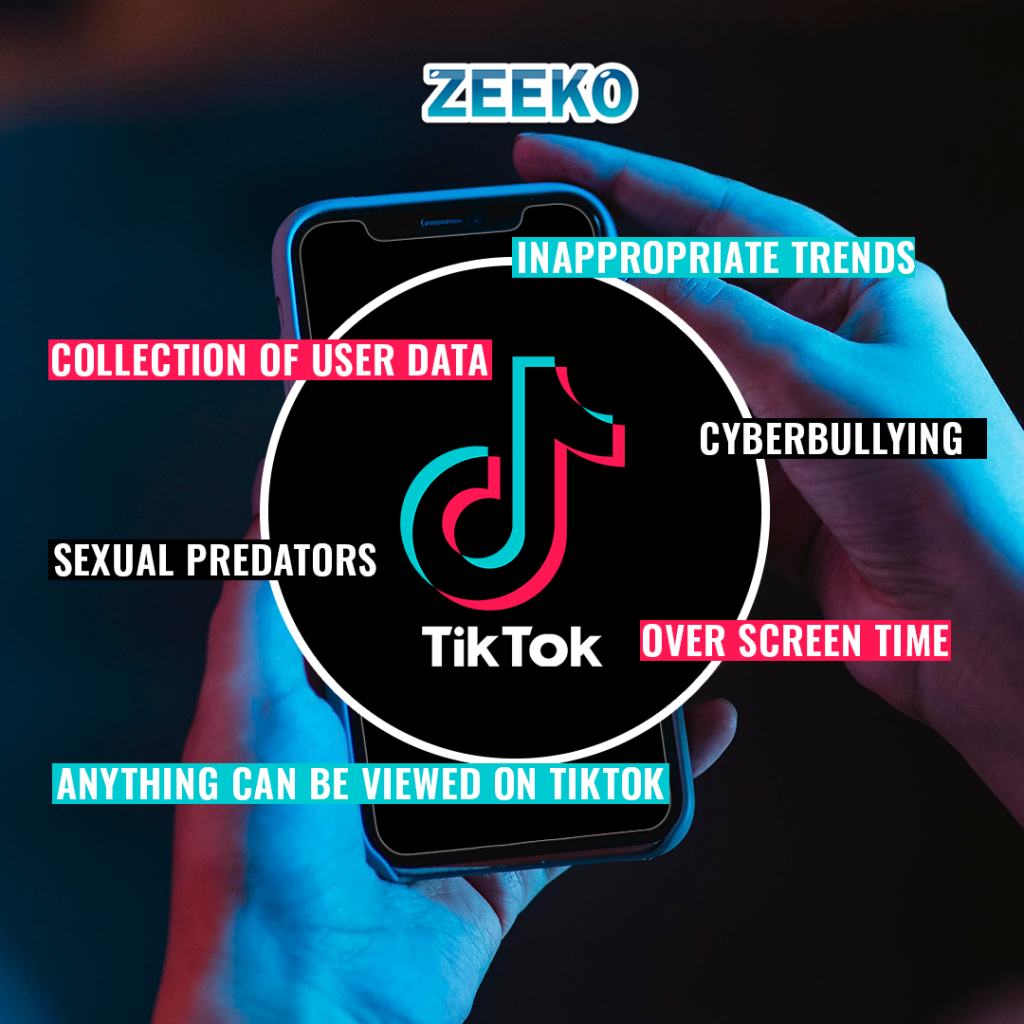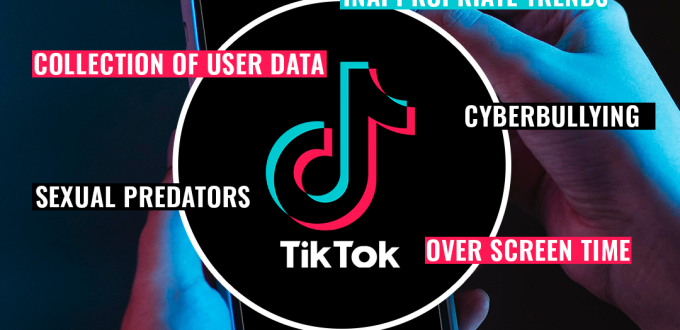What is TikTok?
We’re quite sure that most people are now aware of the social media platform TikTok. In recent years the platform has taken the world by storm. Aided by COVID-19 lockdowns, it’s now a common household name sitting right up there with Facebook, Instagram and Snapchat.
TikTok allows users to create, watch, and share 15-second to now 3-minute videos shot on mobile devices or webcams. With its personalized feeds, also known as a For You Page (FYP), the app is notable for its addictive quality and high levels of engagement, providing each user with a unique stream of videos based on what the algorithm believes the user will be most interested in to keep them on the platform for longer periods. Around 40% of all TikTok users are between 18 and 24. However, gaining access at a younger age is not as difficult as the platforms that preceded it. The minimum age to join the platform is 13. 56% of TikTok users are female and, on average, spend approx 45 minutes a day on the platform.
The Dangers of TikTok
TikTok is not considered to be completely safe for users, especially children. Like all social media platforms, we believe parents should be aware of potential risks to help protect their children.
- Over screen time
Given the platform's addictive nature, overuse and overscreen time is an obvious dangers of the platform. Screen time can have many physical and mental effects. Physically it can cause eye strain, headaches, neck and shoulder pain, and disrupted sleep patterns. Mentally it can cause depression, anxiety and poor self-esteem. As so many children are on TikTok, you can be sure it is a topic in many children’s friend groups both in and outside of school, causing a ‘fear of missing out’ (FOMO) for those not allowed on the platform.
2. Cyberbullying
If you think about the very nature of TikTok being the platform that encourages users to make unique videos in the hopes of going viral, you are essentially asking users to be vulnerable. Having the confidence to make a video and post it for the world to see is amazing. However, the TikTok comments section is a scary place. Other users with essentially no identity (it’s not a requirement of the platform to upload a profile picture or disclose your name) can leave nasty and mean comments on the videos of others. Videos can be shared in groups and across other platforms leaving the door open for cyberbullying.
3. Inappropriate trends
Along with trending sounds users use to go viral, various trending challenges are often inappropriate, especially for children. Here are some examples.
- The Door Kick Challenge: This inappropriate TikTok trend involves kids kicking their neighbour’s doors.
- Blackout Challenge: In this challenge, the users try to hold their breath for as long as possible.
- Fake tongue piercing: Encourages users to place a magnet at either side of their tongue to give the appearance they have their tongue pierced. Several children across the world were hospitalised for ingesting magnets.
4. Collection of user data
TikTok gathers information your kids share and what they have created but have not yet posted or shared. Listed below is the data that TikTok collects;
- your name, email, password, phone number, and location.
- the content of messages, when sent, received and read, and the user it was received and read by.
- text, images and videos on your clipboard.
- purchase information, including payment card numbers, billing and shipping addresses.
- a user's activities on other websites and apps or in stores, including the products or services purchased, online or in person.

5. Sexual predators
Across all social media platforms, some sexual predators cause a potential threat to our children. This can happen because TikTok isn’t fully capable of verifying children's ages, so children are using the platform 13. Not every reported message or comment will be removed. Not every reported account will be blocked.
6. Anything can be viewed on TikTok
Unlike YouTube, where content can be age-restricted, anything can be viewed on TikTok. The platform doesn’t require you to log in to view the videos and content, with minimal restrictions around the type of content on the platform. Children are constantly susceptible to all types of inappropriate content.
How can we help children navigate TikTok safely?
Private mode
Use restricted mode
Manage Screen Time
Ensure your child’s account is private, not public. This will mean that your child will have to accept friend requests and will allow you to monitor their friends more easily.
This blocks mature content, but kids using the app might come across age-inappropriate videos even with the filter on. Lock the setting with a passcode.
You can manage your child’s screen time on their device through settings, allocating them a specific amount of time on their devices and the app. If you are doing this, we recommend locking it with a passcode so only you can change the settings.
Zeeko Education
At Zeeko, we are here to help you. We pride ourselves in helping parents and teachers across Ireland and further by providing information on Social Media, Internet Safety and Education. If you, as a parent, have any questions about social media and how to navigate it with your child, feel free to reach out to a member of our team.


